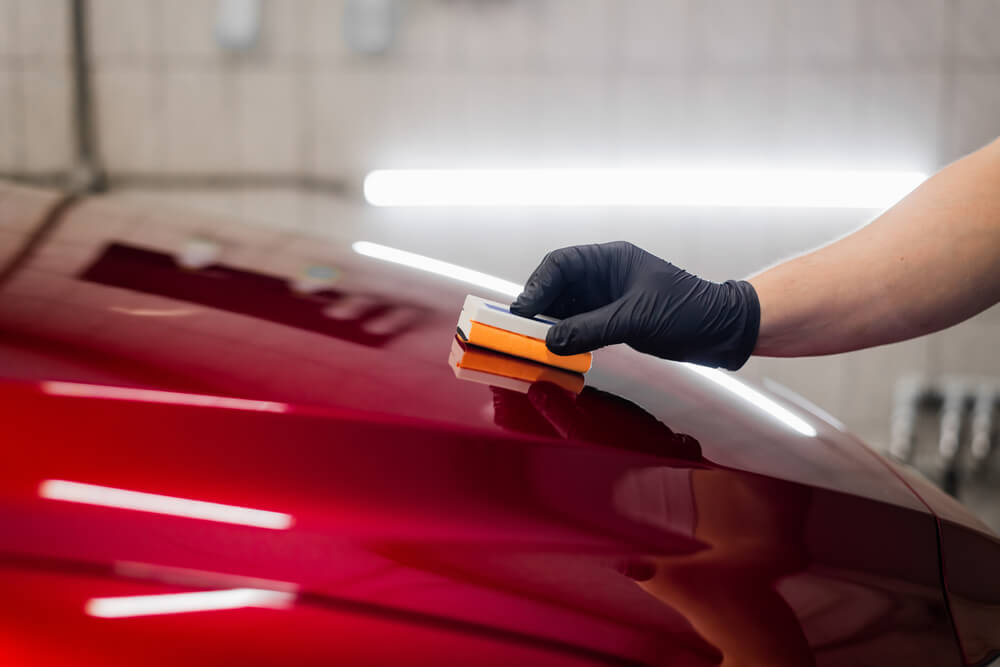Ceramic and graphene coatings are advanced protective treatments applied to the surfaces of vehicles, designed to enhance their durability and appearance. Here’s an overview of each type:
Ceramic Coating
- Composition: Ceramic coatings are typically made from silicon dioxide (SiO2) derived from quartz or sand. This forms a chemically bonded layer on the vehicle’s paint surface.
- Protection: They offer a high level of protection against environmental contaminants like UV rays, acid rain, bird droppings, tree sap, and dirt. This helps prevent oxidation and fading of the paint.
- Longevity: Ceramic coatings can last for several years (2-5 years or more) with proper maintenance, making them a long-term investment compared to traditional waxes and sealants.
- Hydrophobic Properties: These coatings create a water-repellent surface, making it easier for water to bead up and roll off. This reduces the likelihood of contaminants sticking to the surface, making washing easier.
- Gloss and Shine: They enhance the depth and clarity of the vehicle’s paint, providing a shiny, reflective surface.
Graphene Coating
- Composition: Graphene coatings contain graphene, a single layer of carbon atoms arranged in a two-dimensional lattice. This material is known for its strength and conductivity.
- Protection: Graphene coatings offer similar protective qualities to ceramic coatings but with added benefits, such as increased scratch resistance and thermal stability.
- Longevity: Graphene coatings can also provide long-lasting protection, with some formulations lasting even longer than traditional ceramic coatings (up to 7 years or more).
- Improved Hydrophobicity: Graphene has superior hydrophobic properties, resulting in even better water-beading effects than ceramic coatings. This can lead to less dirt accumulation and easier cleaning.
- UV and Chemical Resistance: Graphene coatings are highly resistant to UV rays and various chemicals, further protecting the vehicle’s surface.
Application Process
Both types of coatings typically require thorough surface preparation, including washing, claying, and polishing, to ensure the best adhesion and performance. The application can be performed by professionals or done DIY, although professional application is often recommended for optimal results.
Conclusion
Ceramic and graphene coatings are excellent options for vehicle owners looking to protect their investment and maintain the appearance of their cars over time. They offer significant advantages over traditional waxes and sealants in terms of durability, protection, and ease of maintenance.

